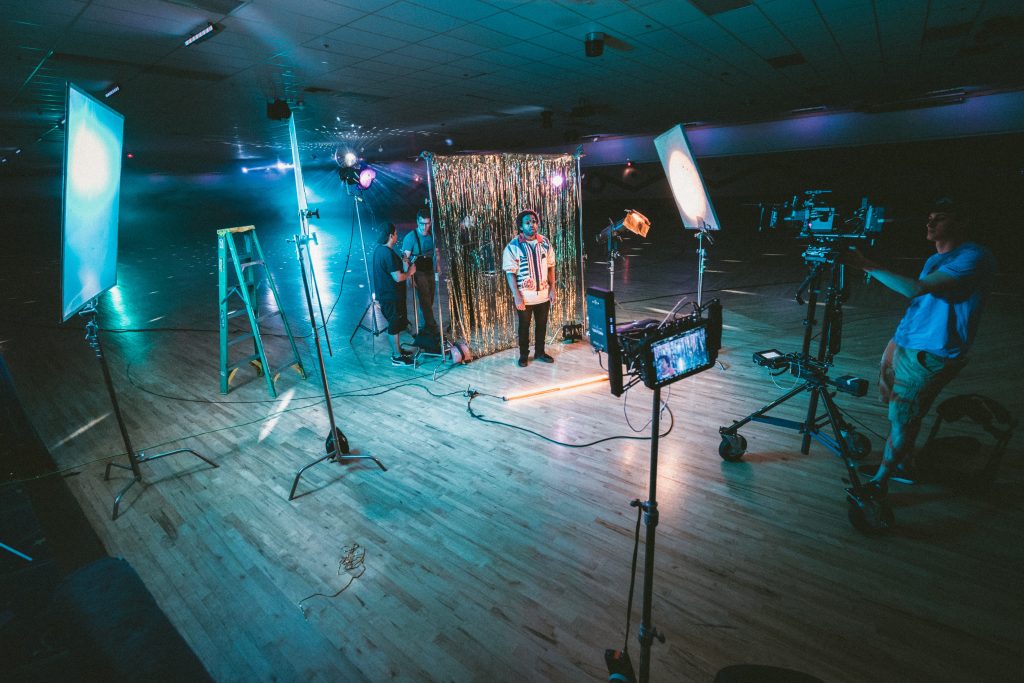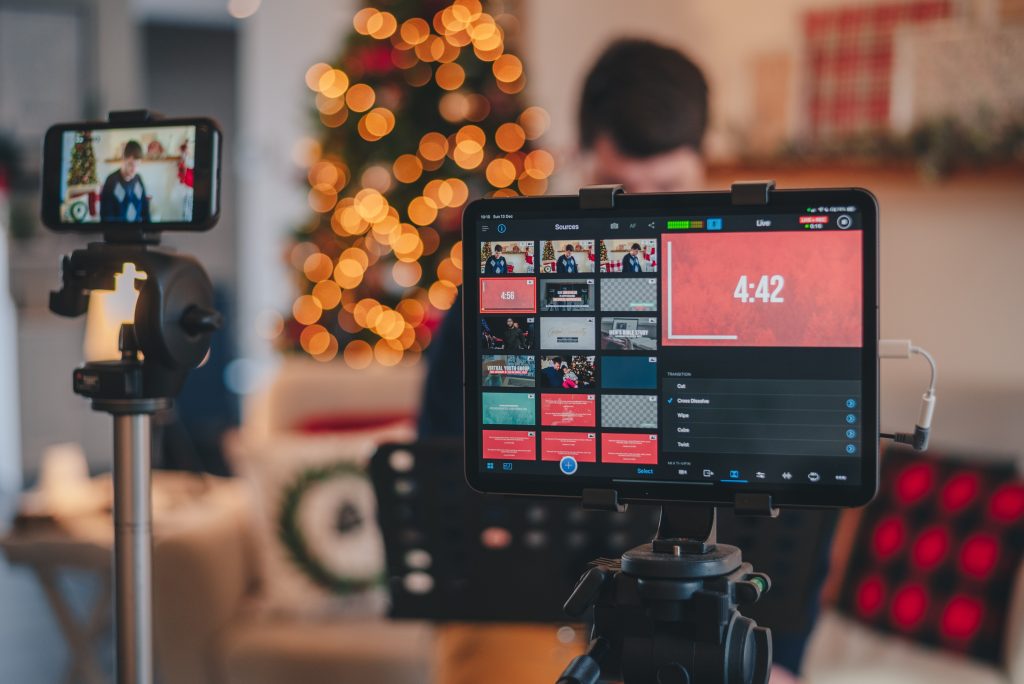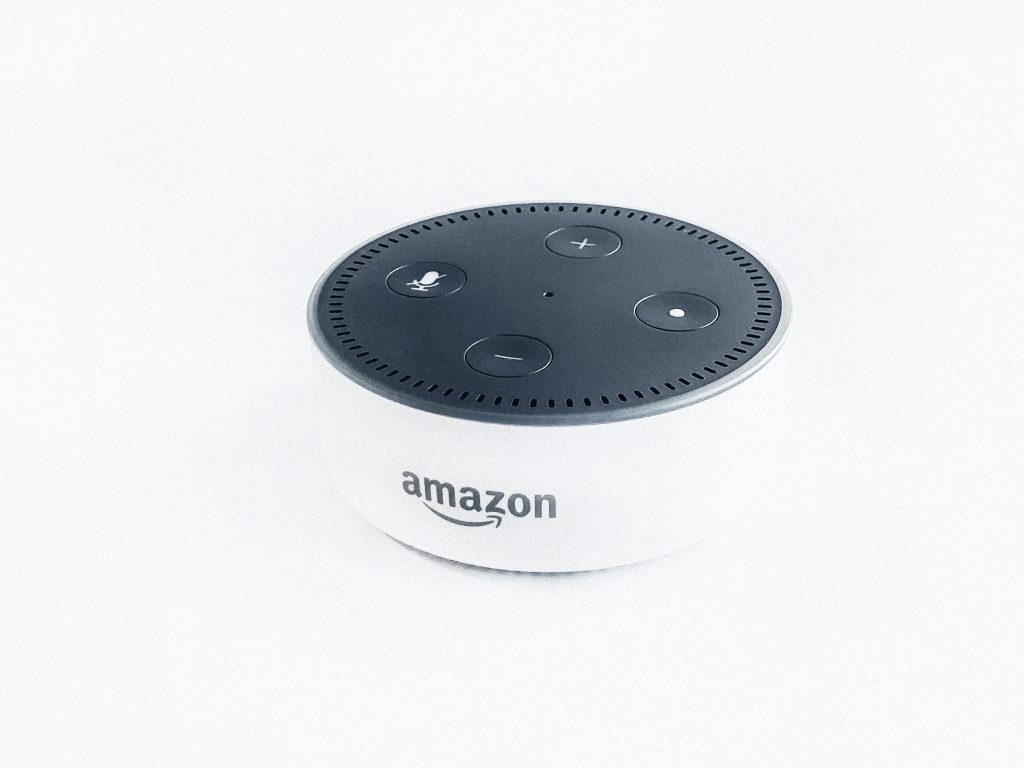
In the ever-evolving world of small business marketing, staying on top of the latest trends is not merely a choice but a necessity. To thrive and prosper, small businesses must adapt to the dynamic landscape of marketing. As we step into 2023, the marketing arena promises to be more exciting and transformative than ever.
Let’s explore the ten small business marketing trends that will shape the year ahead!
Trend 1: Conversational Marketing
The Rise of Chatbots

Chatbots are no longer a novelty but a vital tool for small businesses. These AI-powered virtual assistants provide real-time, automated customer support, answering queries and assisting customers 24/7. As technology advances, chatbots are becoming more sophisticated, offering a seamless and engaging user experience.
Chatbots have evolved far beyond simple rule-based responses. They now utilize Natural Language Processing (NLP) to understand and respond to user inquiries more intelligently. This level of sophistication allows small businesses to provide efficient customer support without the need for a round-the-clock human presence.
Conversational marketing is not just about chatbots; it encompasses a broader strategy of engaging customers in real-time, meaningful conversations. It’s about being where your customers are, providing instant responses, and creating a personalized experience.
Personalization and Customer Engagement
Conversational marketing isn’t just about automation; it’s about personalization. Businesses are harnessing chatbots to provide tailored recommendations, offers, and content based on user behavior. This personal touch enhances customer engagement and fosters stronger relationships.
Small businesses can use customer data and behavior patterns to deliver personalized content and recommendations through chatbots. By doing so, they not only enhance the customer experience but also increase the chances of conversions and repeat business.
Trend 2: Video Content Dominance
The Power of Visual Storytelling

Video content continues its ascent as the king of content marketing. Small businesses are realizing the power of visual storytelling. Whether it’s short, engaging TikTok videos or in-depth YouTube tutorials, video content allows businesses to connect with their audience on a deeper level.
Video content is a versatile medium that can convey complex information in a format that’s easy to consume. It’s also highly shareable, making it a valuable tool for small businesses looking to expand their reach.
Video marketing isn’t limited to large corporations with hefty budgets. Small businesses can create engaging videos without breaking the bank. With the rise of user-friendly video editing tools and platforms, anyone can produce professional-quality video content.
Live Video Streaming

Live video streaming is taking video content to the next level. It enables real-time interaction with your audience, whether you’re hosting a product launch, a behind-the-scenes tour, or a Q&A session. Live videos are unscripted, authentic, and highly engaging.
Live video streaming provides an opportunity to connect with your audience in a direct and interactive way. It’s a chance to showcase the human side of your business, answer questions in real time, and receive immediate feedback.
Live streaming can be used for a variety of purposes, from product demonstrations to virtual events. Small businesses can leverage platforms like Facebook Live, Instagram Live, and YouTube Live to engage with their audience and build trust.
Trend 3: Local SEO and Hyperlocal Marketing
Targeting Local Audiences

Small businesses are prioritizing local SEO to reach nearby customers. Optimizing your online presence for local searches is crucial. This includes accurate business listings, local keyword optimization, and gathering customer reviews.
Local SEO is a game-changer for small businesses. It ensures that your business appears in local search results, maps, and directories when potential customers are looking for products or services in their vicinity.
Optimizing for local SEO involves listing your business on platforms like Google My Business and Bing Places for Business. It also means optimizing your website for local keywords and generating positive customer reviews.
Google My Business Optimization

helps your business appear in local searches and maps, increasing your visibility to potential customers.
A well-optimized GMB profile can significantly boost your local SEO. It allows your business to show up in Google Maps, provides essential information to potential customers, and even allows for direct communication through Google Messaging.
In addition to basic information such as your address and phone number, you can add high-quality images, respond to customer reviews, and post updates about your business on your GMB profile. These practices help attract more local customers and improve your online reputation.
Trend 4: Sustainability and Eco-Marketing
The Green Business Movement

Consumers are becoming increasingly eco-conscious. Small businesses can leverage sustainability efforts, whether it’s reducing environmental impact, using eco-friendly packaging, or supporting social causes. This not only attracts environmentally conscious customers but also aligns with ethical values.
Green marketing, also known as eco-marketing, involves promoting products or services that are environmentally friendly. It’s a way for small businesses to align their values with those of socially and environmentally conscious consumers.
Eco-marketing goes beyond just the use of eco-friendly materials; it encompasses sustainable practices and social responsibility. For example, businesses can reduce waste, lower energy consumption, or contribute to environmental causes as part of their eco-marketing efforts.
Ethical Consumerism

Customers are not just looking for products or services; they’re looking for brands that reflect their values. By aligning your business with a cause or showcasing your eco-friendly practices, you’re more likely to win the hearts of ethically-minded consumers.
Ethical consumerism, also known as ethical shopping, involves making purchasing decisions based on ethical and moral principles. It’s a trend that extends beyond buying eco-friendly products to supporting businesses that demonstrate social responsibility and ethical behavior.
Small businesses can showcase their commitment to ethical practices through transparent communication. They can highlight their efforts in reducing their carbon footprint, supporting local communities, and ensuring fair labor practices. These actions resonate with conscious consumers and build trust in the brand.
Trend 5: Voice Search Optimization
The Growing Impact of Voice Assistants

Voice-activated devices and assistants like Siri, Alexa, and Google Assistant are becoming integral parts of consumers’ lives. Small businesses should optimize their content for voice search to ensure they’re discoverable through these channels.
The use of voice search is on the rise, driven by the convenience it offers. People are using voice-activated devices to search for information, make inquiries, and perform various tasks without the need for a keyboard or screen.
Small businesses can adapt to this trend by optimizing their online content for voice search. This includes understanding how people phrase voice queries and tailoring content to provide direct answers to those queries.
Tailoring Content for Voice Queries
Voice search queries are often conversational. Businesses should adapt their content to answer natural language queries. This involves crafting content that directly addresses the questions users might ask their voice assistants.
Small businesses can optimize for voice search by focusing on long-tail keywords and providing succinct, informative answers to common questions related to their products or services.
Optimizing for voice search not only enhances visibility but also improves user experience. Businesses that provide concise, relevant answers to voice queries are more likely to capture the attention of voice search users.
Trend 6: Influencer Partnerships
Leveraging Micro and Nano Influencers

Influencer marketing isn’t solely reserved for large corporations. Small businesses are collaborating with micro and nano influencers who have smaller but highly engaged audiences. These influencers bring authenticity and trust to your brand.
Influencer marketing is about more than just having a celebrity promote your product. Small businesses are recognizing the value of partnering with micro and nano influencers—individuals with a smaller but highly engaged and dedicated following.
These influencers often have a niche focus, making them ideal for promoting specialized products or services. Their audiences trust their recommendations, which can lead to higher conversion rates for small businesses.
Authentic Brand Advocacy
Influencers who genuinely believe in your product or service become authentic brand advocates. Their recommendations hold weight with their audience, leading to higher conversion rates and brand loyalty.
Authenticity is key in influencer marketing. When influencers have a genuine connection to your brand, their endorsements come across as sincere and trustworthy. This authenticity resonates with their followers and builds a stronger brand-consumer relationship.
Small businesses can foster authenticity by forming genuine, long-term partnerships with influencers who align with their values and offerings. These relationships result in more impactful and believable influencer marketing campaigns.
Trend 7: Social Commerce
The Integration of Shopping into Social Platforms

Social commerce is changing the way people shop. Small businesses can set up shops directly on social media platforms, reducing the friction between discovering a product and making a purchase.
Social commerce is an evolution of e-commerce that takes place directly on social media platforms. It allows businesses to streamline the shopping experience by integrating product listings, shopping carts, and payment options into social channels.
Small businesses can create shoppable posts, enabling customers to browse and buy products without leaving their favorite social platform. This simplifies the customer journey, making it more convenient and increasing conversion rates.
Leveraging User-Generated Content
User-generated content is a powerful asset in social commerce. Encourage your customers to create content featuring your products and share it on social media. This builds trust and provides authentic product feedback.
User-generated content serves as social proof, demonstrating real customers using and enjoying your products. It’s a powerful form of word-of-mouth marketing that small businesses can leverage to build trust and credibility.
Encourage your customers to share their experiences with your products by creating branded hashtags or hosting user-generated content contests. By showcasing these authentic interactions, you not only boost your social commerce efforts but also connect with your audience on a deeper level.
Trend 8: Augmented Reality (AR) Marketing
Enhancing User Experience

Augmented reality is no longer the realm of science fiction. AR marketing is enhancing user experiences by allowing customers to interact with products in a virtual space. This technology enables “try before you buy” experiences, reducing purchase hesitancy.
Augmented reality (AR) is changing the way customers experience products. It allows them to visualize how a product would fit into their lives by virtually placing it in their surroundings. For small businesses, AR provides an opportunity to enhance the customer experience and drive sales.
With AR, customers can “try before they buy,” whether it’s virtually placing furniture in their living room or trying on clothes without visiting a physical store. This reduces the uncertainty of online shopping, ultimately increasing conversion rates.
AR Advertising and Try-Before-You-Buy
AR advertising is gaining traction. For instance, makeup brands allow customers to virtually try on different shades of lipstick or eyeshadow before making a purchase decision. Such experiences drive engagement and boost sales.
Small businesses can explore AR advertising by creating interactive and immersive ad experiences. By allowing customers to interact with your products in a virtual space, you not only capture their attention but also provide a memorable and informative experience.
Whether it’s a furniture store that lets customers virtually arrange furniture in their home or a clothing brand that enables virtual try-ons, AR advertising fosters engagement and builds excitement around your products.
Trend 9: AI-Driven Marketing
Personalized Recommendations

Artificial intelligence is revolutionizing marketing by providing personalized recommendations to customers. AI algorithms analyze user behavior and preferences to suggest products or content tailored to individual needs.
AI-driven marketing is all about delivering highly personalized content and recommendations to customers. Machine learning algorithms analyze customer behavior, past purchases, and preferences to provide tailor-made product suggestions and content.
Small businesses can leverage AI-driven marketing to enhance the customer experience and drive conversions. By providing customers with products and content that align with their interests, they’re more likely to engage with your business and make a purchase.
Predictive Analytics and Customer Insights
AI can predict customer behavior and offer valuable insights into trends and preferences. Small businesses can use this data to make data-driven decisions, optimize marketing campaigns, and enhance customer experiences.
AI provides small businesses with predictive analytics, helping them anticipate customer behavior and market trends. By analyzing vast amounts of data, AI can identify patterns and make predictions about future consumer preferences and market trends.
This information is invaluable for small businesses. It enables them to make data-driven decisions, refine their marketing strategies, and offer products and services that are more likely to resonate with their target audience.
Trend 10: Interactive Content
Gamification and Quizzes
Interactive content, such as quizzes and gamification, engages users and keeps them on your platform. Gamification refers to the use of game-like elements, such as rewards, challenges, and competition, in a non-gaming context. For small businesses, gamification can be applied to various aspects of marketing and customer engagement.
One example of gamification in marketing is loyalty programs. Small businesses can create reward systems that encourage customers to make repeat purchases or engage more with their brand. Customers earn points, badges, or discounts, creating a sense of achievement and loyalty.
Enhancing User Engagement
Interactive content is all about keeping users engaged and interested in your brand. Whether it’s a quiz, poll, or a gamified contest, these interactive elements capture and hold the user’s attention.
Quizzes, for instance, are a fun way to educate your audience about your products or industry. By creating quizzes related to your niche, you can both entertain and inform your users, leading to increased engagement and brand recognition.
Gamification can also be applied to marketing campaigns and social media interactions. For instance, a small business might run a contest where customers compete for prizes by sharing creative user-generated content related to the brand. This not only boosts engagement but also generates valuable user-generated content that can be reused in future marketing efforts.
In a Nutshell…
In the ever-evolving world of marketing, small businesses must be agile and adaptable. The trends outlined here offer valuable insights into how you can enhance your marketing strategy and connect with your audience in 2023. Whether it’s embracing conversational marketing, harnessing the power of video content, or optimizing for voice search, these trends provide exciting opportunities for small businesses to thrive in the digital landscape. As you embark on your marketing journey in 2023, keep these trends in mind, and don’t be afraid to experiment, evolve, and stay ahead of the curve. Small business marketing in 2023 is all about staying nimble, customer-centric, and tech-savvy, and these trends will help you achieve just that.
